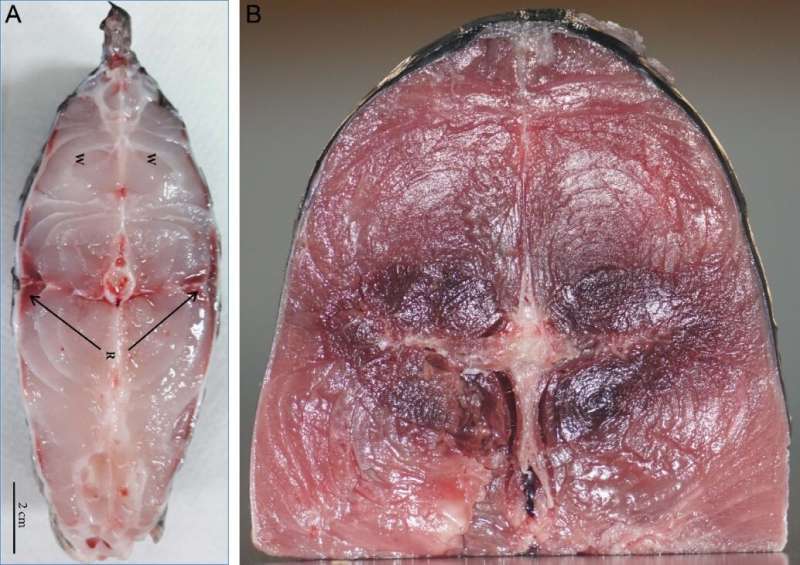
Endothermic animals, such as mammals and birds, are well-known for their ability to regulate their body temperature internally. However, there are also certain species of fish that have achieved endothermy. Through millions of years of evolution, around 40 fish species, including moonfish, mackerel tuna, and sailfish, have successfully developed strategies to maintain their body heat and thrive in cold waters.
In comparison to cold-blooded fish, these endothermic fish possess unique heat-producing tissues. These tissues generate heat, which can then be distributed throughout the body via a network of arteries and veins. As a result, these fish can maintain a higher body temperature than the surrounding water, providing them with greater mobility in cold environments. The mechanism behind the development of these heat-producing tissues and whether different fish species share similar molecular pathways have remained scientific enigmas.
To shed light on these questions, researchers from Northwestern Polytechnical University and South China Sea Fisheries Research Institute conducted a comparative genomic analysis of two endothermic fish species: mackerel tuna and sailfish. In their recently published work in the journal Science China Life Sciences, they discovered a series of genetic variations associated with muscle differentiation in the mackerel tuna genome. Moreover, they identified a distinctive group of slow muscle cells within the heat-producing tissues that originated from specialized muscle cells.

This particular group of cells in the mackerel tuna robustly expresses numerous genes related to muscle contraction, contributing to its exceptional muscle contraction capability and serving as the primary source of heat production. In contrast, the heat-producing tissues of another endothermic fish species, sailfish, significantly reduce muscle contraction ability and instead generate heat through the breakdown of ATP, facilitated by inefficient calcium ion circulation within muscle cells.
Despite their distinct heating mechanisms, both species exhibit a high proportion of mitochondria and a dense network of blood vessels, which provide the necessary energy and heat transfer capabilities. This study highlights how organisms can achieve a common goal, such as endothermy, through different biological pathways, effectively maximizing their existing biological foundations.
More information:
Baosheng Wu et al, Distinct and shared endothermic strategies in the heat producing tissues of tuna and other teleosts, Science China Life Sciences (2023). DOI: 10.1007/s11427-022-2312-1
Citation:
Different pathways for achieving endothermy in teleost fish species (2023, June 21)
retrieved 21 June 2023
from https://phys.org/news/2023-06-pathways-endothermy-teleost-fish-species.html
This document is subject to copyright. Apart from any fair dealing for the purpose of private study or research, no
part may be reproduced without the written permission. The content is provided for information purposes only.
Denial of responsibility! SamacharCentrl is an automatic aggregator of Global media. In each content, the hyperlink to the primary source is specified. All trademarks belong to their rightful owners, and all materials to their authors. For any complaint, please reach us at – [email protected]. We will take necessary action within 24 hours.

Shambhu Kumar is a science communicator, making complex scientific topics accessible to all. His articles explore breakthroughs in various scientific disciplines, from space exploration to cutting-edge research.

